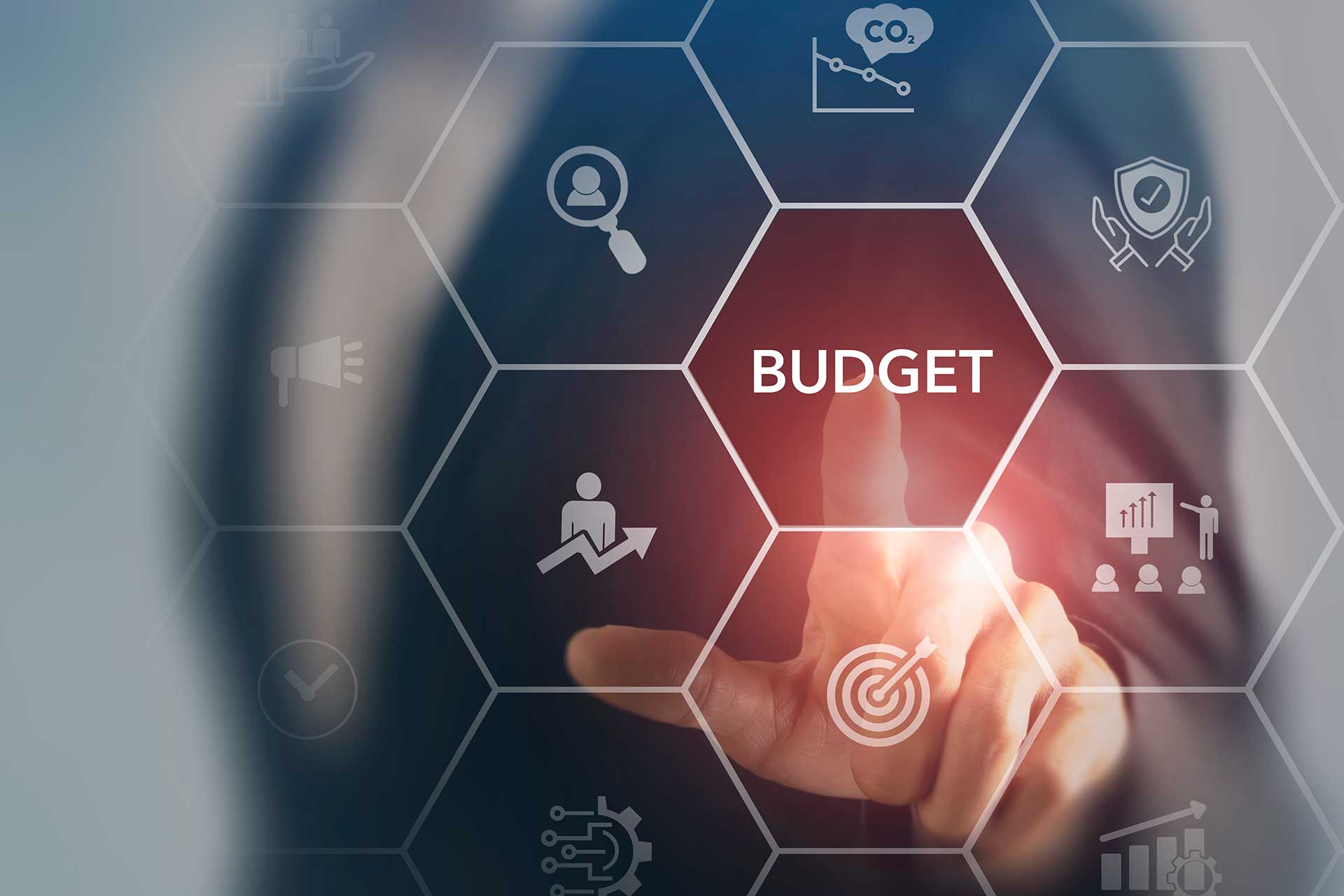Budget planning: how to achieve your goals

Budget planning is a time-consuming but important process, which is also the main element of the company’s financial management. Competent allocation of resources allows you to achieve the intended goal, to understand whether the business is developing in the right direction and what opportunities are available for this. Further we will consider in detail why budgeting is necessary, how and with what help it is possible to introduce this tool into the activity of your company.
What is budget planning and what benefits it brings you?
Budget planning involves the efficient allocation of resources, income and expenses in your business. A systematic approach to this task allows you to set financial goals for the company, achieve desired objectives and sustainability. Some of the key benefits of budget planning include the following:
- building financial discipline, as having a plan allows management and rank-and-file team members to utilize a more thoughtful and responsible approach to available resources;
- increased profitability and cost optimization;
- increased financial control – with a planned budget, the misuse of money is prevented by monitoring income and expenditure;
- an informed approach to making decisions regarding financial investments and resource allocation.

Main stages of budget planning
- Formulation of goals and strategies of the company.
The first stage involves determining the key areas of business development for a specified period of time and reflecting them in the budget. - Data collection.
The plan should reflect information on the current state of the market, forecasts of economic growth, financial results achieved in the previous period, other aspects on which the budget depends. - Revenue forecasting.
The information obtained as a result of data collection allows to make an estimate of the company’s potential revenues in the next period. - Forecasting of expenses.
At this stage, it is necessary to determine all upcoming expenses, including marketing, production, and administration. - Establishing a budget limit.
Revenue and expenditure limits need to be determined in order to adhere to them while implementing the budget plan. - Investment planning.
Allocation of financial investments necessary for business operation in the coming period is carried out – at this stage the expenses for development and introduction of new technologies, as well as purchase of more efficient equipment are envisaged. - Drawing up a budget plan.
Detailed budgeting, including expenses, income and investment, is formed based on the information obtained at all previous stages. The plan should have a clearly defined time frame. - Control and monitoring.
Throughout the period set by the plan, it is important to systematically monitor expenditure and income, ensure that all objectives are met, and make changes to the budget, if necessary, if not avoidable.

Types of budgets
There are several types of budgets, which differ in their purpose, the categories of expenditures and revenues covered, and the length of the period of operation. The characteristics of each are discussed below.
Maintenance budget
Developed for a month, quarter, or year and outlines expected expenses and revenues. The plan covers the costs of purchasing necessary materials, labor, marketing, and other operating items. Data from the previous period is used to forecast and allocate funding.
Investment budget
The investment budget is generally prepared for a longer period of time than the maintenance budget, covering the company’s intentions regarding investments in assets and various projects. The plan is developed, as a rule, for a period of 2-5 years – it may include the purchase of real estate, equipment, introduction of new products, other items requiring significant investments. The investment budget allows you to make long-term decisions that affect the development of the business and its success. It is worth considering that the farther away the planning horizon is, the more difficult it is to achieve an accurate forecast.
Personnel development budget
This budget contributes to the improvement and professional development of the employees of the enterprise. The plan includes expenses for various types of training and personnel development.
Personnel budget
This is an important tool for managing employee costs, ensuring competitive and fair remuneration for each member of a motivated team. The budget should include the costs of social contributions, salaries and all sorts of bonuses for staff.
Marketing budget
The plan includes the costs of advertising, PR and various marketing activities. It allows you to assess which marketing strategies are effective in order to allocate finances to the most important ones.
Budgets also differ among themselves depending on the way of formation – top-down or bottom-up (each company chooses the best option itself). In the first case, the scheme involves budget planning by the management, which “drops” the plan to the employees to put it into practice. The bottom-up method denotes the presence of responsible team members submitting proposals in each of the divisions. The managers accept the budget proposals, after which the financial responsibility center draws up an overall plan for the entire company.

Tools for budget planning
Budget planning is carried out through the use of special tools, which include:
- Business plan, which contains a description of the company’s development strategy, goals and ways to achieve them. The document includes data on production, marketing, administrative and other operating expenses with the projected turnover.
- Income budget, which contains information about all sources of profit of the company, for example, from the sale of services and goods, investments. The document forecasts the company’s income for a specified time period.
- Expenditure budget, which consists of anticipated expenditures (taxes, marketing, production, administrative and operating costs) for a specified period.
- Budget control, which involves monitoring the adherence of all departments and employees to the developed plan. This process consists of comparing actual revenues and expenditures with projected ones, analyzing deviations and taking actions to adjust the indicators to achieve the set objectives.
- Financial management tools – specialized applications and programs that help automate the budgeting process, analyze business indicators, account for income and expenses, and make management decisions taking into account the current state of the enterprise or company.
Budget planning is one of the most important tools to run a successful business. Budgeting is designed for long-term prospects, so the plan is subject to constant analysis and improvement based on the constantly changing market environment, and during its preparation it is necessary to take into account the opinions of the heads of all departments that affect the functioning of the business.








